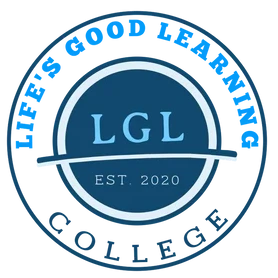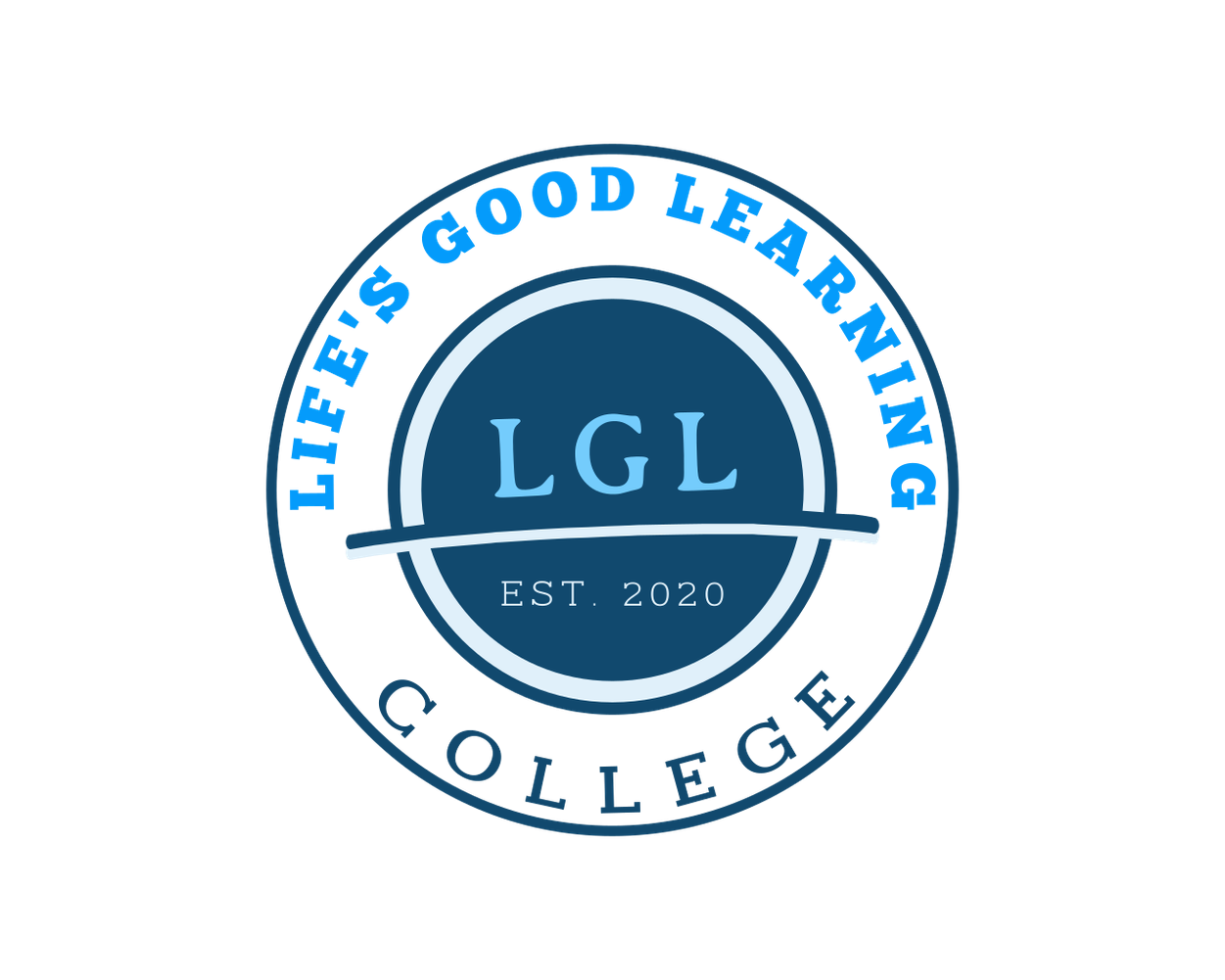
What Is BLS Certification and Who Needs It?
Share
Basic Life Support (BLS) certification is one of the most essential qualifications in the healthcare field. It equips individuals with the skills and confidence to act fast during life-threatening emergencies. From hospitals and clinics to emergency sites and schools, BLS plays a critical role in saving lives. This certification is not just for doctors and nurses—it extends to students, first responders, and other professionals working with the public. In this article, we'll define what BLS is, who needs it, and how you can start your certification journey. Understanding BLS could be the first step toward saving a life.
Defining Basic Life Support (BLS)
Basic Life Support, or BLS, refers to the immediate care given to individuals experiencing life-threatening emergencies, such as cardiac arrest, respiratory failure, or choking. The main goal of BLS is to maintain circulation and breathing until advanced medical help arrives.
BLS includes core procedures like chest compressions, rescue breathing, and use of an automated external defibrillator (AED). These actions, when performed correctly, can double or triple a person’s chances of survival after cardiac arrest. BLS does not involve medications or invasive techniques; it focuses strictly on non-invasive emergency care.
Certification ensures that individuals are trained to assess unresponsive patients, activate emergency services, and administer care confidently. BLS follows guidelines issued by medical organizations like the American Heart Association, which regularly update procedures to reflect the latest research.
Whether you're a seasoned healthcare worker or just entering the medical field, understanding and applying BLS principles is critical to patient survival and workplace readiness.
Healthcare Professions That Require BLS
Many healthcare roles require BLS certification as a job prerequisite. In fact, most hospitals and medical facilities won't allow direct patient interaction without valid proof of BLS training. It's a non-negotiable part of being ready for emergencies on the job.
Doctors, registered nurses, and paramedics are obvious candidates for BLS certification. However, it’s equally essential for licensed practical nurses, medical assistants, EMTs, and dental professionals. These roles often involve direct care and may encounter emergencies at any moment.
Other professionals who benefit from BLS include physical therapists, radiology technicians, and occupational therapists. Even administrative staff working in clinical settings are often encouraged to become certified, particularly if they may need to assist in emergencies.
In long-term care facilities, home healthcare settings, and outpatient clinics, BLS skills are just as important. The ability to respond during cardiac arrest or choking can mean the difference between life and death. For those in healthcare, BLS is a professional standard that supports both patient care and workplace responsibility.
Importance of BLS in Emergency Response
In emergency situations, every second counts. BLS provides the essential first steps in stabilizing a patient until advanced medical care is available. Without timely chest compressions or airway management, brain damage can occur within minutes. That’s why having BLS-trained personnel nearby is vital.
BLS-trained responders can assess a scene, identify unresponsiveness, and begin life-saving actions without delay. They know when to call for help, how to use an AED, and how to deliver high-quality CPR. This readiness reduces panic and improves outcomes during chaotic moments.
In hospitals, BLS is often the first level of care during a code blue event. In schools, gyms, or public spaces, trained staff can initiate care before emergency services arrive. The presence of a BLS-certified person dramatically increases a victim’s survival odds.
BLS doesn’t just save lives—it also creates a culture of preparedness. When healthcare professionals and community members understand the steps of emergency care, they create safer environments for everyone.
What You Learn in a BLS Course
A Basic Life Support course teaches you to recognize and respond to life-threatening emergencies quickly and effectively. It combines theoretical knowledge with hands-on practice, giving you both the understanding and confidence to act under pressure.
The course begins with recognizing the signs of cardiac arrest, stroke, and choking. You’ll learn how to assess responsiveness and breathing, and how to activate emergency medical services immediately. From there, you'll dive into chest compression techniques, rescue breathing, and AED use.
BLS also emphasizes the team-based approach to resuscitation. You'll understand how to work with others in high-stress situations, communicate effectively, and perform CPR as a coordinated group. These are key skills for any healthcare team.
Hands-on sessions include practicing compressions and breaths on adult, child, and infant manikins. You'll get feedback from instructors to ensure proper technique, depth, and rhythm. Upon completion, you’ll be tested on your skills and awarded certification that’s valid for two years.
American Heart Association BLS Overview
The American Heart Association (AHA) is one of the most trusted names in BLS certification. Their courses are based on extensive research and updated regularly to align with current guidelines for emergency cardiovascular care.
AHA BLS courses are tailored for healthcare professionals and first responders. The curriculum includes adult, child, and infant CPR, use of an AED, and management of choking emergencies. Courses also cover team dynamics and communication during resuscitation.
One of the distinguishing features of AHA training is its use of realistic scenarios and advanced feedback tools. These enhance learning and ensure mastery of core techniques. The AHA also offers blended learning formats, where students complete the theory portion online and attend an in-person session for hands-on practice.
Certification from the AHA is recognized nationwide and often required by healthcare employers. It’s widely considered the gold standard for BLS training. For anyone seeking a respected and reliable credential, the American Heart Association remains the top choice.
BLS for Students and New Healthcare Workers
For students and new healthcare professionals, obtaining BLS certification is an important first step in career development. Many academic programs in nursing, medical assisting, and allied health fields require BLS before clinical rotations or internships.
Getting certified early demonstrates a commitment to safety, readiness, and professionalism. It also gives students the confidence to act during emergencies, even if they’re just beginning their careers. These skills are useful not only in clinical environments but also in everyday life.
Training also helps students prepare for more advanced certifications like ACLS (Advanced Cardiovascular Life Support) or PALS (Pediatric Advanced Life Support) down the line. BLS creates the foundation for all further emergency care training.
Instructors often tailor content to new learners, breaking down procedures step by step. By learning CPR and AED use early, students build the reflexes needed for real-world emergencies. For future healthcare providers, BLS is both a resume booster and a life-saving skill set.
Where to Take BLS Certification Classes Near You
Finding BLS certification classes near you is easier than ever. Many organizations offer in-person or hybrid training formats that fit various schedules and learning styles. Start by checking with local hospitals, community colleges, and certified training centers.
The American Heart Association and the American Red Cross both provide tools on their websites to locate nearby courses. You can search by zip code and filter results based on class dates, formats, and certification levels.
Many healthcare employers also host onsite classes for employees. If you’re already working in a clinical setting, ask your supervisor about scheduled sessions or reimbursement for training costs. Some classes are bundled with orientation programs for new hires.
When choosing a provider, make sure the course includes a hands-on skills session and offers certification recognized by employers. Avoid programs that skip the in-person component if you're entering a healthcare field. The goal is not just to pass the test—but to feel truly prepared to save lives.
Getting Started with Your BLS Journey
Starting your BLS certification journey is a decision that reflects your dedication to saving lives and providing quality care. The process is simple, but the impact is profound. Begin by researching courses in your area and selecting one that fits your professional goals and availability.
Make sure to choose a program accredited by a respected organization like the American Heart Association or American Red Cross. These programs offer high-quality instruction, hands-on practice, and a certificate that will be recognized by employers and institutions.
Once enrolled, take your training seriously. Engage in every part of the course, ask questions, and focus on perfecting your skills. These are techniques you may one day use in life-or-death situations. Completing your BLS certification gives you more than just a card—it gives you confidence and a sense of responsibility.
Whether you're entering the healthcare field or strengthening your qualifications, BLS certification is a powerful and meaningful step. Start today and prepare to be someone’s hero when it matters most.
Basic Life Support certification is more than a credential—it’s a life-saving necessity. From hospitals to classrooms, BLS skills empower people to respond swiftly and confidently during emergencies. Whether you're a seasoned nurse, a healthcare student, or someone starting a new career path, BLS certification enhances your readiness, credibility, and ability to make a difference. With trusted organizations like the American Heart Association offering comprehensive training, getting certified is easier and more accessible than ever. Don’t wait until an emergency forces you to act—be prepared in advance. Start your BLS journey today and be ready to save a life tomorrow.

